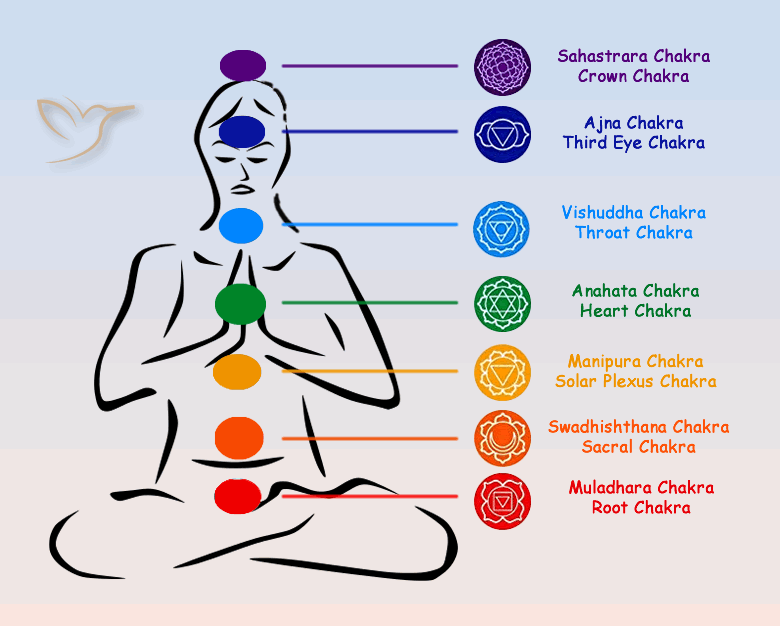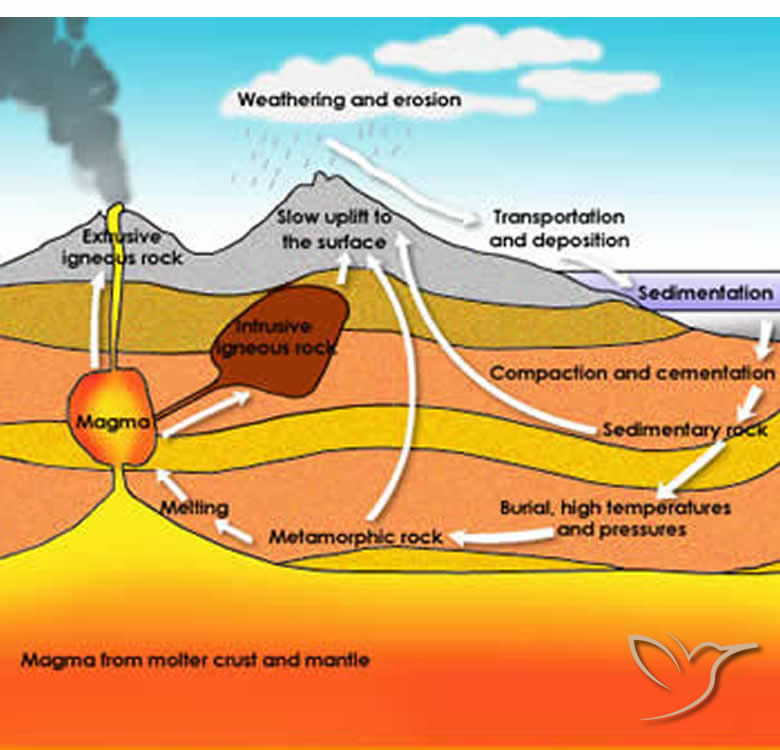Hyalite Opal Gemstone Information

Introduction
Opal represents a diverse group of gemstones, and even among unusual varieties like Black Opals, Fire Opals, and Boulder Opals, Hyalite Opals stand out as particularly distinctive.
These gemstones appeal more to collectors than to the jewelry market. The name Hyalite evokes something watery or glass-like, and true to form, they are typically colorless and transparent.
That said, some exceptional pieces appear in bright greens and yellows, showing remarkable color shifts and fluorescence. Such rare stones can be cut into custom shapes for jewelry.
The glow under ultraviolet light comes from traces of radioactive uranium in the opal's makeup. Small amounts of uranium lead to striking color changes under daylight or artificial light.
Interestingly, Hyalite can show this glow even in regular daylight - it's quite a sight. You might find yourself double-checking for hidden tricks, like batteries, every time you see it!
Hyalite Opals have tiny levels of radioactivity that enhance their color effects but present no health risks.
Hyalite Opal Colors

Let's cover the fundamentals. Opals fall into two main categories: precious and common. Precious opals exhibit the famous play-of-color that makes them so sought after, while common opals do not.
This play-of-color results from the opal's silica structure. Precious opals consist of countless tiny silica spheres stacked irregularly, like a jumble of variously sized ping-pong balls. Light scatters off these spheres in multiple directions, creating a vibrant display.
Hyalite counts as a common opal, lacking that spherical setup and play-of-color. It often appears clear and colorless, much like glass.
However, certain "electric" Hyalite Opals contain tiny inclusions or elements that produce a fluorescent green under specific lights. The key element here is uranyl, a uranium byproduct - rest easy, though, as it's in harmless quantities.
Nearly colorless or faintly yellow or green Hyalite Opals can burst into a vivid, almost otherworldly green in sunlight or UV light.
Research indicates this green fluorescence stems from UV light exciting uranyl traces in the Hyalite Opal.
Hyalite Opal Species
Hyalite is an opal variant without the tiny spheres that generate play-of-color in other opals, making those more valuable.
Its formal name now is Opal-AN. The "A" means amorphous, indicating no fixed shape, and "N" refers to network, highlighting its silica network structure rather than stacked spheres.
For reference, opals with play-of-color and orderly sphere stacking are Opal-AG.
When clear and colorless, it goes by names like:
- Muller’s Glass
- Glass Opal
- Waterstone
- Water Opal
- Jalite
- Grape Opal
- Opal-AN – official name
When showing fluorescence, it might be called:
- Hyalite Opal
- Electric Opal
- Ice Opal
Hyalite Opal Clarity and Cut

Typically, Hyalite Opals remain as raw specimens for mineral collectors.
Some clear, colorless ones get tumbled for smoothing or shaped into cabochons, but without color or play-of-color, they don't draw high interest.
Hyalite gemstones with fluorescence or luminescence hold much greater value. Large, transparent ones get faceted into prized pieces.
Few Hyalite Opals exceed a carat or two; most are smaller. Faceting wastes 60-80% of the rough material.
For optimal color-change, clear stones work best, so most faceted Hyalite Opals are transparent. Still, translucent ones with unique inclusions can be desirable.
Spiritual Meaning of Hyalite Opal
Disclaimer: The details on spiritual meanings and health benefits are shared for educational purposes only. They do not replace professional medical advice. Always consult a healthcare expert for any health issues.
Hyalite Opal shares the chemical formula of other opals, SiO2 - nH2O, with added uranium in glowing green types. It carries many of opal's broader spiritual traits.
Opal is a stone of passion, tied to desire, lust, and seduction. It can release inhibitions and spark love. It boosts originality and creativity, helping attract partners, enhance appeal, and strengthen bonds.
Hyalite adds a unique twist: it aids in uncovering truths through intuition or better communication, encouraging openness in conversations.
Hyalite Opal and the Chakras

Chakras are energy points in the body, known as Qi or Prana. Seven chakras affect physical, emotional, or mental states, each with a color: Crown (white or purple), Third Eye (indigo), Throat (blue), Heart (green), Solar Plexus (yellow), Sacral (orange), and Root (red).
The main color in your opal influences which chakra it affects most.
Hyalite Opals pose a challenge for chakra assignment. Clear ones suit the Crown Chakra for wisdom and insight. But their glowing green under sunlight or UV shifts things.
Green stones often link to the Heart Chakra for love, compassion, and forgiveness. As a fluorescent opal, though, it might impact or clear all chakras - definitely something to investigate further.
Health Benefits of Hyalite Opal
Disclaimer: The details on spiritual meanings and health benefits are shared for educational purposes only. They do not replace professional medical advice. Always consult a healthcare expert for any health issues.
Opals hold high water content, and Hyalite's alternate name, Waterstone, fits well. This stone may affect the body's water balance, preventing retention or dehydration. Such effects support overall functions, showing most in better eye, skin, and hair health.
Hyalite Opal Price

| Color | Weight Range | Price Range / USD |
|---|---|---|
| Green | Under 1ct | $350 - 800/ct |
| Green | 1ct + | $1200 - 1600/ct |
Hyalite Opals are scarce, so well-cut, clear ones with color-change fetch high prices. Most are small, so sizes over a carat command premium values.
As with many gems, clarity, cut, and size matter in valuation, but the intensity of color and the vividness of change truly drive worth here.
Hyalite Opal Discovery

People fashioned opal jewelry long before Egypt's pyramids, with finds dating back 6,000 years.
The term "Opal" derives from Greek Opallios and Roman Opalus, both from Sanskrit Upala, all meaning "precious stone."
German geologist Werner first described Hyalite Opals in 1794, drawing from Greek "hyalos" for glass.
Where is Hyalite Opal Found?

Initial Hyalite finds came from Hungary, the Czech Republic, and Italy (as Amiatite). Today, colorful ones appear in Namibia, Madagascar, and the USA. Mexico has recently yielded impressive specimens.
How is Hyalite Opal Formed?

Hyalite Opals form in volcanic and igneous rocks from magma. Hot rocks absorbed water and silica, creating irregular crusts as they cooled.
Water evaporated, leaving a silica gel that hardened over eons. Elements like iron, magnesium, aluminum, and uranium (for fluorescent types) mixed in.
Can Hyalite Opal Be Treated?
Some opals undergo treatments like sugar soaking, smoking, or filling cracks before sale. To our knowledge, Hyalite Opals receive none beyond cutting and polishing rough stones.
Any enhancements on gems from reliable sources will be fully disclosed.
What Jewelry is Hyalite Opal Suitable For?
With a Mohs hardness of 5.5 to 6.5 - comparable to glass - Hyalite ranks below sapphire's 9. This softness factors into usage.
Small sizes and limited supply rule out large items like necklaces or brooches, save for rough or tumbled. Rings need protective mounts.
Earrings suit well, and small Hyalite Opals could accent rings creatively.
Given their uniqueness, collecting Hyalite Opals for admiration might be ideal.
How to Care for Hyalite Opal
Opals' softness means they tolerate light impacts but deserve caution against hard surfaces. Remove jewelry before chores, sports, or gardening.
Store gems in soft pouches to guard against scratches.
Water concerns for opals are often overstated, and Hyalite's composition adds durability. Still, clean with a soft cloth; skip soapy soaks, ultrasonics, or steam.
How to Tell a Real Hyalite Opal

A certified stone from a trusted dealer is best, but when shopping around, that's not always an option.
Let price signal quality. As a scarce semi-precious gem, Hyalite should price accordingly. Suspiciously low costs likely mean fakes - best to skip them.
Test by exposing to UV light; real ones glow green. Sunlight works too, though responses vary with conditions.
Reputable labs provide identification reports for assurance.
Can Hyalite Opal Change Color?

Yes, it can! Under standard light, Hyalite Opals appear clear or pale yellow, but UV or sunlight triggers a bold green glow, even on overcast days.
This effect is fluorescence: UV energy excites atoms, which release light as photons. Seeing it happen is truly astonishing.
What is So Special About Hyalite Opal?
Hyalite Opal is an remarkable gem, a scarce type of an already uncommon stone. While other opals use light diffraction on spheres for play-of-color, Hyalite employs uranium for its eerie glow.
Besides the captivating color shift, it's radioactive - though the levels in a polished stone are negligible, akin to a banana's.
If you've yet to witness this gem, view samples online - it's as close as reality gets to cinematic kryptonite.
Hyalite Opal - Gemological Properties
| Chemical Formula | SiO2·nH2O; Hydrous Silicon Dioxide |
|---|---|
| Crystal Structure | Amorphous |
| Color | Colorless with strong sheen, white, cream-colored, yellow, orange |
| Hardness | 5.5 to 6.5 on the Mohs scale |
| Refractive Index | 1.37 to 1.52 |
| Density | 1.98 - 2.50 |
| Cleavage | None |
| Transparency | Transparent to translucent |
| Double Refraction or Birefringence | None |
| Luster | Vitreous, Sub-Vitreous |
| Fluorescence | Shows brilliant green fluorescence, especially under SW, due to uranium impurities. |
Frequently Asked Questions
What is Hyalite Opal?
Hyalite Opal is a clear, often colorless variety of opal known for its glass-like appearance and, in some cases, vivid fluorescence due to uranium inclusions.
What causes the green glow in Hyalite Opal?
The fluorescence results from uranyl ions, a uranium compound, excited by ultraviolet light, producing a striking green color.
Is Hyalite Opal radioactive, and is it safe?
Yes, it contains trace uranium, but the radiation levels are very low and pose no health dangers, similar to natural background sources.
How much does Hyalite Opal cost?
Prices range from $350 to $1,600 per carat, higher for larger sizes and stronger fluorescence, reflecting its scarcity.
Where is Hyalite Opal mined?
Main sources include Mexico, Namibia, Madagascar, the USA, Hungary, the Czech Republic, and Italy.
Can Hyalite Opal be used in jewelry?
Due to its softness and small sizes, it's best for earrings or protected settings in rings; many prefer it for collections.

